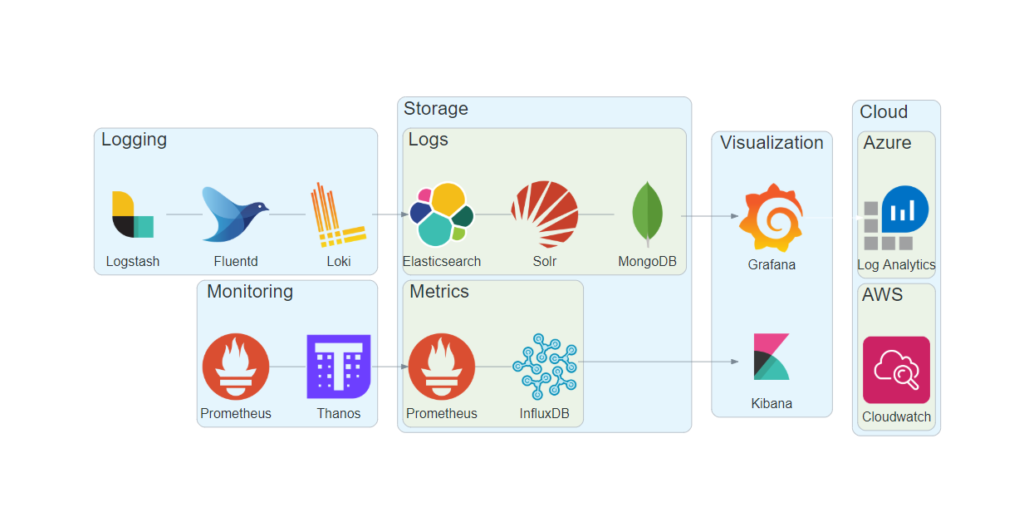The reasons to alter the database might be as many as different users. Some want to rename the old database, or maybe change the owner or recovery model after restoring the database. Enabling features like Query Store is also common. Most of this can be done from the Database Properties screen and as well with dbatools.
This is part of a whole series on dbatools which Mikey has been putting together, and to which you can find a link as you click through.
Comments closed